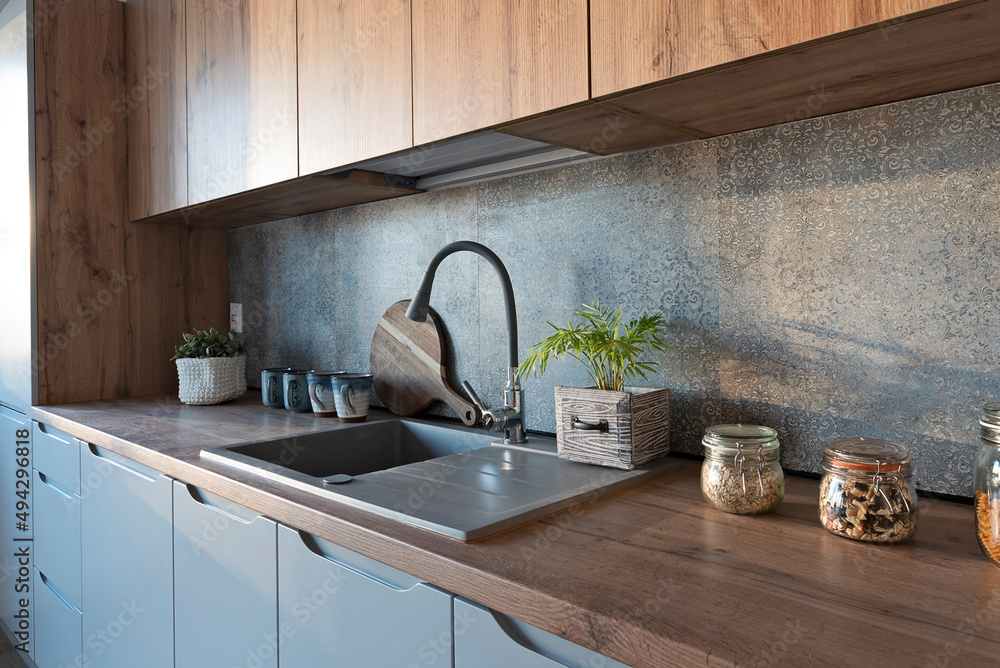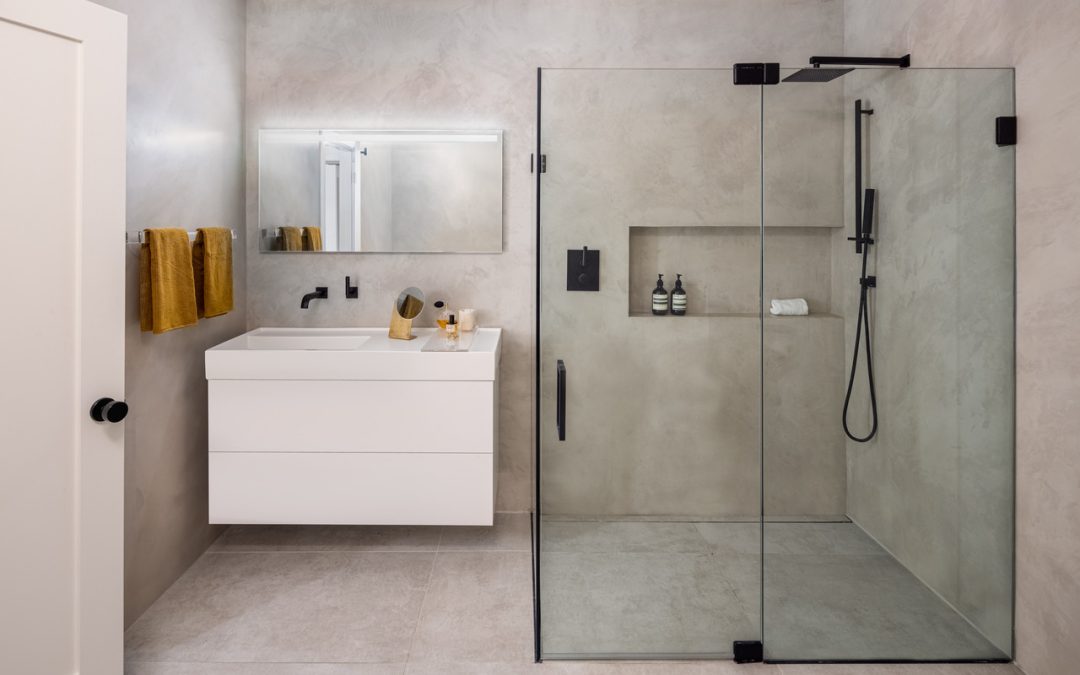What're your ideas on 7 Plumbing Industry Trends You Need To Know?

Introduction
The plumbing market is undertaking a transformative phase driven by technological improvements and expanding problems for sustainability and efficiency. This short article checks out arising fads and innovations shaping the future of plumbing.
Smart Plumbing Systems
Integrating wise innovation right into pipes systems makes it possible for remote surveillance, leakage discovery, and automated upkeep. Smart sensing units and IoT (Net of Points) devices allow property owners and plumbing technicians to keep an eye on water use and find concerns in real-time, causing more effective source administration and positive maintenance.
Water Efficiency Solutions
With enhancing emphasis on water preservation, cutting-edge remedies are being established to lessen water waste in plumbing systems. High-efficiency fixtures, greywater recycling systems, and smart watering controllers are amongst the modern technologies assisting customers minimize their water footprint while preserving comfort and ease.
Lasting Materials
The shift towards sustainability includes pipes materials, with an expanding preference for green options. Biodegradable piping materials, such as PEX (cross-linked polyethylene) and HDPE (high-density polyethylene), offer durability and resistance to rust without jeopardizing environmental stability.
Anticipating Upkeep
Predictive upkeep strategies take advantage of data analytics and machine learning formulas to anticipate and protect against plumbing concerns before they take place. By evaluating historic information and performance metrics, anticipating maintenance algorithms can recognize patterns and anomalies, allowing proactive treatments to prevent pricey repair work and disturbances.
Augmented Truth in Pipes
Augmented Truth (AR) innovation is changing plumbing by supplying technicians with real-time visual support for repairing and repair work tasks. AR-enabled wise glasses or mobile applications overlay electronic details onto the physical environment, assisting plumbing professionals visualize pipe formats, identify covert leakages, and implement fixings with precision.
Impact of 3D Printing
The introduction of 3D printing has actually introduced new possibilities in producing plumbing elements. From custom-made components to complex pipe fittings, 3D printing enables fast prototyping and on-demand manufacturing, minimizing preparations and making it possible for better modification in plumbing design.
Health and Safety Characteristics
In reaction to increased issues for health and safety, plumbing components are integrating functions such as antimicrobial surfaces, touchless operation, and self-cleaning mechanisms. These innovations not only boost health yet also advertise individual convenience and ease.
Hygiene-focused Components
Touchless faucets, self-sanitizing bathrooms, and antimicrobial surface areas are becoming progressively prevalent in household and industrial setups, decreasing the threat of bacterium transmission and promoting a cleaner, much healthier setting.
Water High Quality Surveillance
Developments in water top quality monitoring innovations allow house owners to keep track of the purity and security of their water in real-time. Smart water top quality sensing units can detect contaminants, pH degrees, and temperature variations, equipping users to take positive measures to make sure water safety.
Remote Pipes Services
Remote diagnostics and digital assistance are changing the method pipes services are delivered. With video clip conferencing and remote gain access to modern technologies, plumbing technicians can troubleshoot problems, provide support for DIY fixings, and even do remote examinations, providing better accessibility and comfort to house owners.
Obstacles and Opportunities
While plumbing developments hold tremendous promise, they likewise existing obstacles such as information personal privacy problems, regulatory compliance, and the requirement for labor force training. Resolving these challenges requires partnership in between industry stakeholders and regulatory bodies to guarantee risk-free and liable execution of brand-new technologies.
Regulative Landscape
Regulative structures play a crucial role in shaping the fostering of pipes innovations, with standards and codes regulating every little thing from water performance to item safety and security. As modern technologies remain to progress, governing bodies need to adapt to ensure consumer protection and ecological stewardship.
Future Expectation
The future of pipes is defined by continued development and assimilation with various other sectors such as IoT, renewable energy, and structure automation. By welcoming lasting practices, leveraging emerging technologies, and focusing on user-centric style, the pipes sector is positioned to attend to the evolving demands of society while decreasing its environmental footprint.
Final thought
To conclude, the future of plumbing is defined by a merging of modern technology, sustainability, and user-centric design. By welcoming smart solutions, lasting products, and aggressive maintenance techniques, the plumbing market can enhance effectiveness, advertise safety, and add to a more sustainable future.
Plumbing Industry Trends You Need To Know
Smart technology in plumbing
Homeowners want to be able to manage their homes from their phones. The technology exists to make that happen. From smart toilets to leak detector devices, the whole plumbing system can be managed on an interconnected network made up of sensors, IoT devices, and machine learning algorithms.
This allows for wireless control to turn appliances on and off, automate routines, and access advanced monitoring to track water usage and flag potential issues. Smart technology streamlines water consumption, maintenance and energy usage, creating a more efficient system.
Green plumbing
The data analysis possible with smart technology not only improves convenience and cost-effectiveness but also fulfills a high-priority customer desire – sustainability. Consumers are very aware of their impact on the planet and want plumbing solutions to reduce damage and support sustainability. Eco-friendly plumbing solutions are already starting to emerge.
Customers can opt for low-flow toilets, water-saving faucets, and connections to sustainable energy sources. Beyond monitoring water consumption, customers can conserve water through the installation of greywater systems. This is a system that collects water that has been used but is still clean enough for some household uses such as toilet flushing.
Shorter product pipeline
To keep up with modern plumbing, plumbers need modern tools that enable them to complete jobs more efficiently. One technology making strides in this area is 3D printing. By 3D printing key plumbing fixtures, plumbers can reduce wait times even for specialized fixtures. It minimizes delays often seen in traditional manufacturing that frustrate customers and prevent plumbers from taking on more work.
Off-site repairs
Augmented reality is making a splash in many industries including plumbing. Plumbers can map a building online so they can explore the plumbing system through augmented reality, identifying areas of maintenance and repair completely digitally. This technology can be applied quite widely in plumbers’ work including planning installations and training new recruits. It’s safer, smarter and more efficient.
Low-footprint materials
Another way for plumbing companies to reduce their environmental footprint and meet the customer demand for sustainability is by using recycled materials in their work. The products they source and manufacture such as pipes, fixtures and faucets can be made from recycled materials. This saves the planet while being just as effective.
Onsite water purification
Additionally, plumbing companies can be advocates of water conservation and ease the financial and environmental concerns of customers by offering water purification systems. New water purification technology such as reverse osmosis systems and UV systems make it possible for homeowners and business owners to thoroughly cleanse water, removing contaminants onsite. This means the water can be safely reused in more ways than greywater can be, establishing a water recycling loop.
Tankless water heaters
Another innovation of modern plumbing is tankless water heaters. The idea is that the water is heated on demand as it runs through the system instead of being heated in a water tank. This is more energy efficient and therefore cost-effective and eco-friendly because water isn’t heated needlessly.

I am very intrigued by The Future of Plumbing: Trends and Innovations to Watch and I'm hoping you appreciated my post. For those who enjoyed reading our article if you please remember to share it. Thanks a bunch for being here. Kindly check up our website back soon.
Website